Date: 25 February 2003
He closes in on things that need their freedom, such as birds.
"Sometimes I do these pieces in protest against the surfacey, seductive quality glass lends itself to, and which is so easy to be seduced by as an artist," Vallien said in an interview at the Museum of Glass: International Center for Contemporary Art, where he was installing a retrospective of his works from the past 15 years.
"I don't like the reflective quality. I want you to be drawn in, to look behind the surface, to see the world hidden by the coarse, sandy surface."
"It's like a woman," he said, laughing and lightening up. "You want to see something behind the surface."
The 65-year-old artist is Sweden's maestro of glass. In the past 20 years he has earned international renown, his works collected by the Metropolitan Museum of Art in New York, among others.
With long gray-white hair tucked under a black beret and a blue-and-white striped shirt over an aqua-and-red tee, Vallien looks part ex-hippie, part seaman. Maybe both apply, considering Sweden's maritime culture and Vallien's first strong artistic influences in California in the '60s.
Born on the eve of World War II, Vallien grew up in a suburb of Stockholm in a strictly religious family he found oppressive.
"Everything that was fun was a sin," he said, reaching in his pocket for a can of chewing tobacco.
Teachers who saw he had a knack for drawing and painting encouraged him. At 17, he was accepted to the
Swedish National College of Arts, Crafts and Design. To work with color and in three dimensions, he chose ceramics as a specialty, adding design to develop a marketable skill.
After he graduated in 1961, a scholarship to Los Angeles landed him at a ceramics factory that gave him his own studio after he redesigned the whole line of products to their liking. He had his first show in LA.
"It was next door to Andy Warhol's first exhibition with his Campbell's soup cans," Vallien said.
California ceramicists Peter Voulkos, Jerry Rothman and Robert Arneson shocked the young, shy Swede - they were turning ceramics from craft into sculpture as Vallien and others would do with glass.
He studied with them and returned to Sweden two years later a confident, directed artist. To support his new wife and the family they planned, Vallien got a job in 1963 at the design factory Kosta Boda.
He worked half the year in the factory and the other half in a studio it provided him.
Soon, technological advancements made mass-produced glass available at radically lower prices than the handmade glass items for everyday use that were the stock in trade at factories like Kosta Boda. Vallien started a national revolution called "New Glass," encouraging handmakers to revitalize their trade with individual designs that would be sold as distinctive pieces. For that, he is credited with saving the handmade glass industry in Sweden.
It wasn't his chief passion. "The original idea was to get rid of being a designer and solely work on my artwork," he said.
But he began experimenting with materials, became attached to the 100 workers there and enjoyed designing series (which he still does). Workers helped him develop the glass sandcasting technique that remains one of the remarkable innovations of studio glass.
To sandcast his works - a process that leaves them with a grainy finish he can polish wherever he wants to reveal the glass and copper mini-sculptures inside -he begins with a steel box full of sand, water and fine clay.
He uses a template sculpture to shape a casting void in the sand. Then he draws in the sand and adds color.
He brings the mold into the hotshop and fills it with molten glass, shocking the sand so it becomes a ceramic-like material that retains details. From the hot kiln he takes his mini-sculptures, painted with a special silica pigment, and places them in the molten glass.
Glassblowing was not for him.
"I'm a builder," Vallien said. "If you don't blow yourself, you have to tell someone to do something on glass that's sitting on the end of a steel rod that is hot. The distance between the vision and the material is too far."
His technique and early witty works were recognized by the glass community, and he became a favorite teacher at Dale Chihuly's Pilchuck Glass School in Stanwood. American universities called on him for glass instruction.
But it wasn't until a 1983 show at New York's Heller Gallery that he sold works.
"It was almost like 20 years of trial and error," he said.
Since then his oeuvre has become melancholic and otherworldly. In his native land he often shows in historic buildings to resonant effect. His favorite space is the ruin of a 14th-century castle on an island off Sweden's east coast.
"The evocative interiors of Vallien's sculptures at times resemble ... Nordic mythology," wrote Gunnar Lindquist, director of Ostergotlands Lans Museum in Sweden. "Beneath their rough surfaces, sparkling things are glimpsed."
Of late Vallien is preoccupied by a series he calls "Somna/Vakna" ("Sleeping/Waking"), which he showed at William Traver Gallery in Seattle in 2000.
The pieces are glass sarcophagi, inspired by the cryogenics craze - people wanting to freeze themselves to be awakened in a better future - and a photograph Vallien saw at the Museum of Modern Art in New York.
It was of a Portland man identified as Mr. Moro, who in 1923 tried to extend his life by having himself frozen in ice wearing his glasses and a business suit.
The series turned out to be a materialization of Vallien's raison d'être as an artist.
"There must be a good reason to work in glass, because if you want to express yourself artistically, there are much easier ways to do it," Vallien said. "But glass can tell certain feelings and stories so that no other material can compare.
"It captures something that was there and left."
One of the ways to dispose of nuclear waste is to cast it in glass, Vallien points out.
"Glass shows what has departed," he said. "I like that."

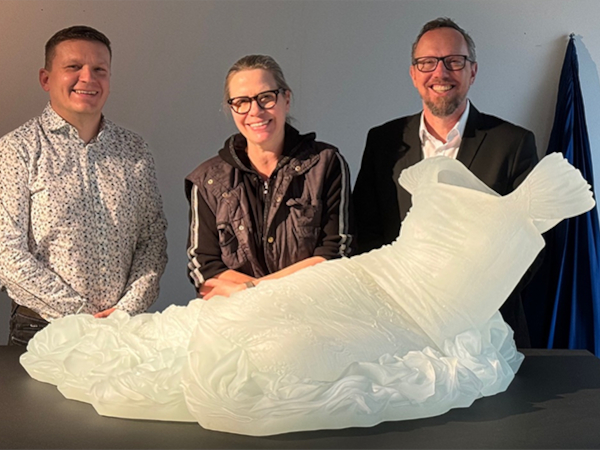
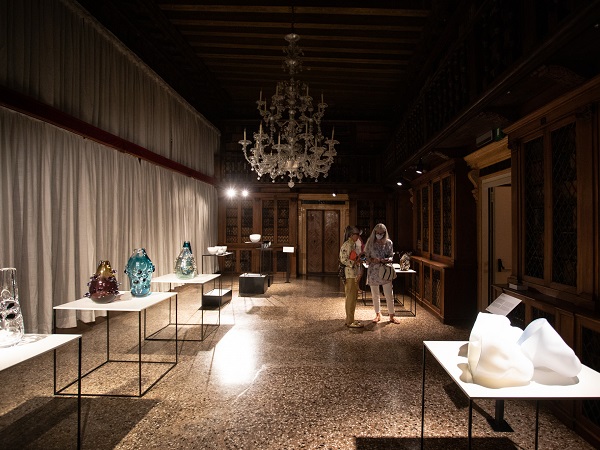
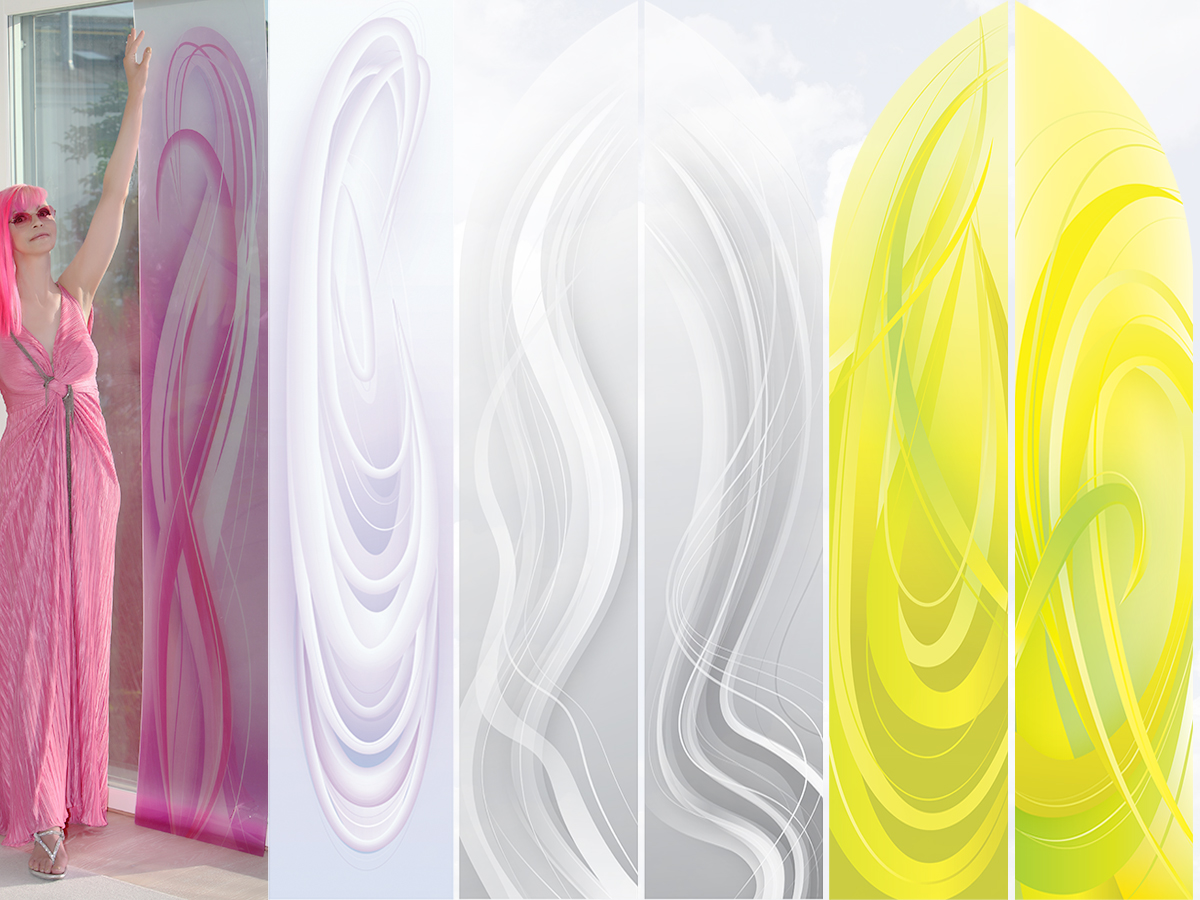
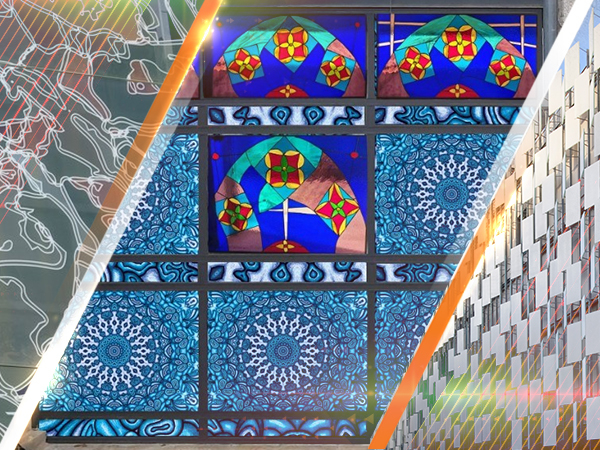
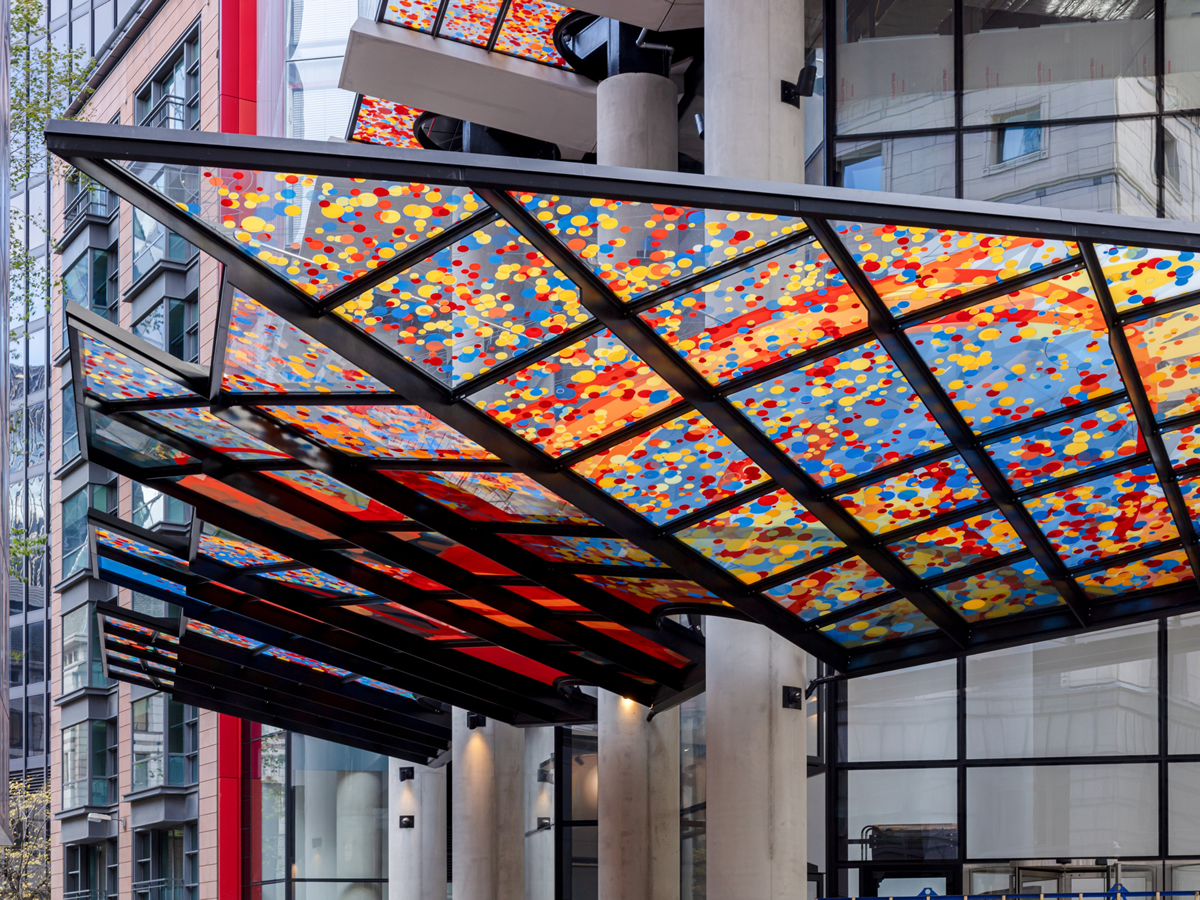
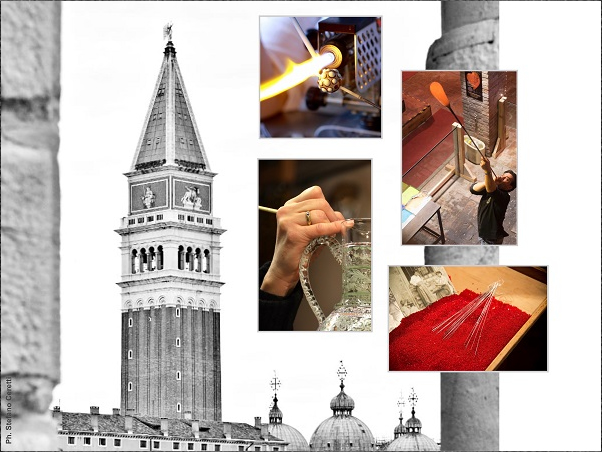
Add new comment